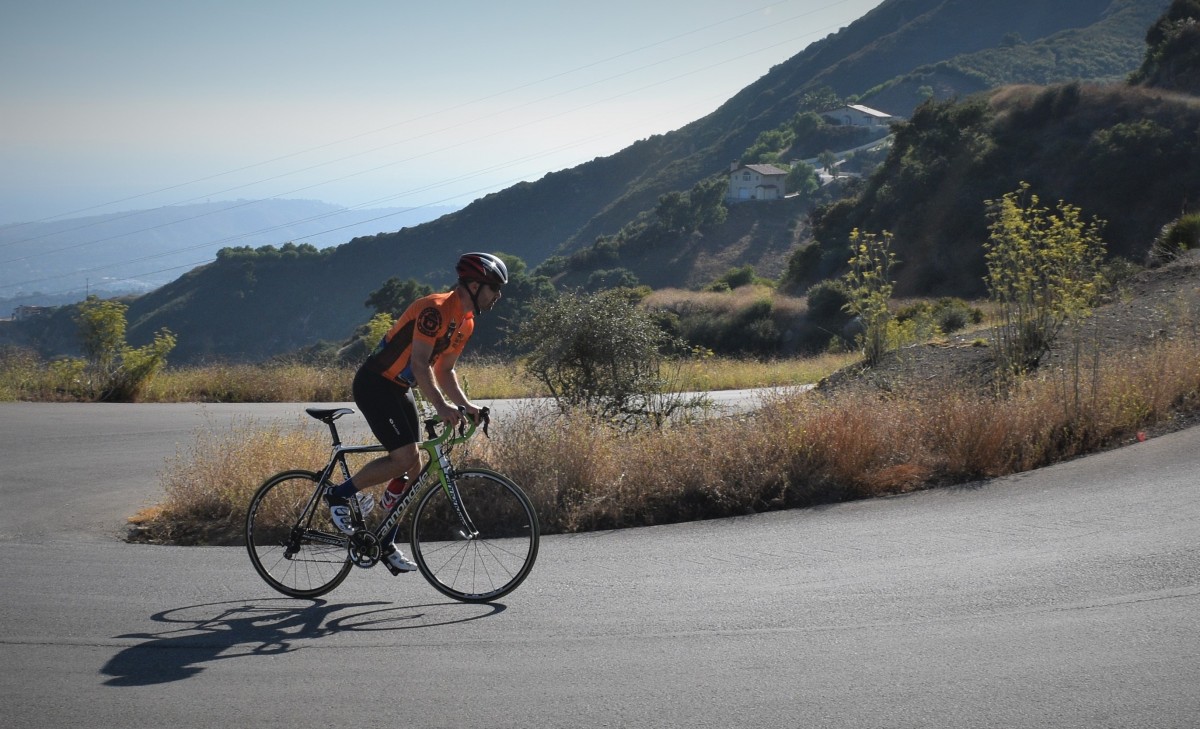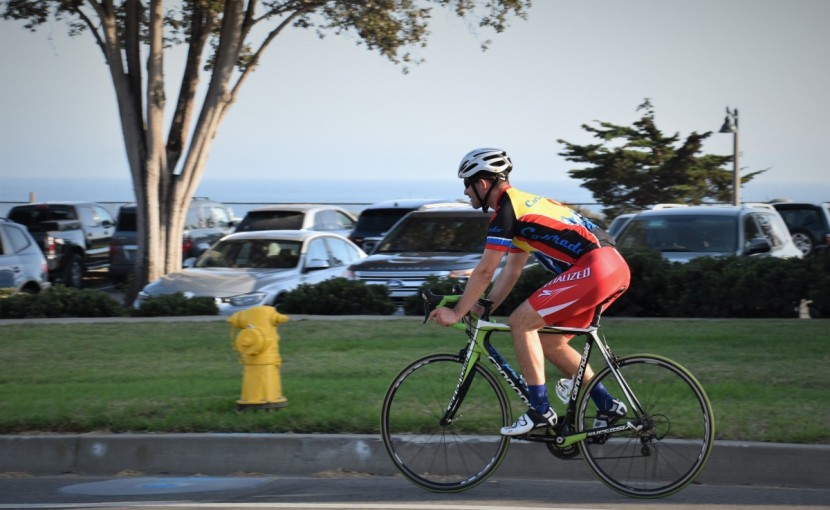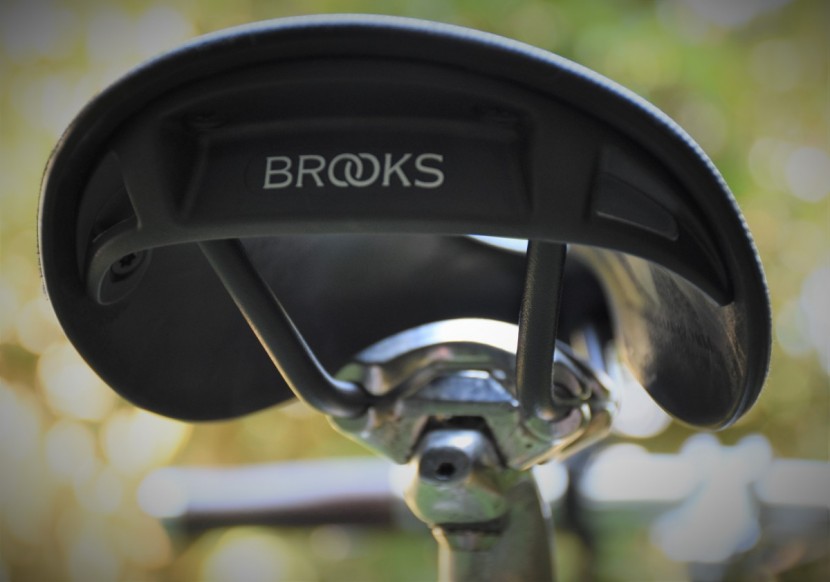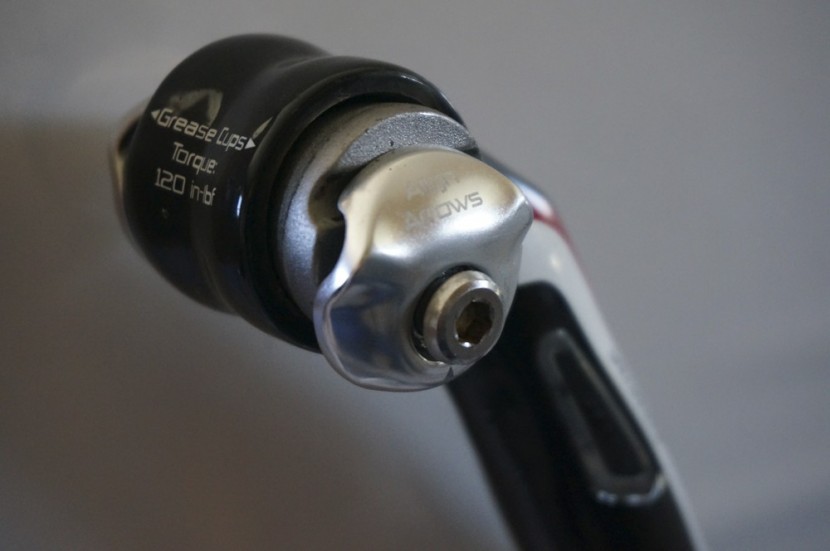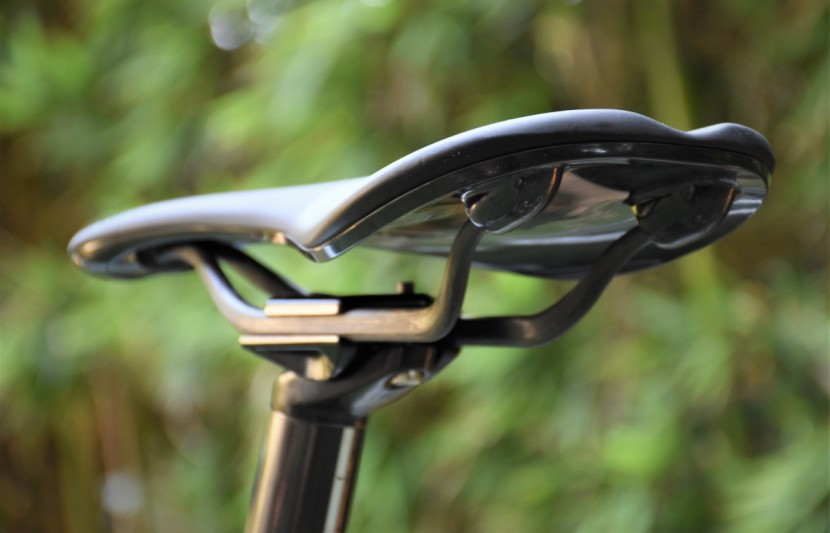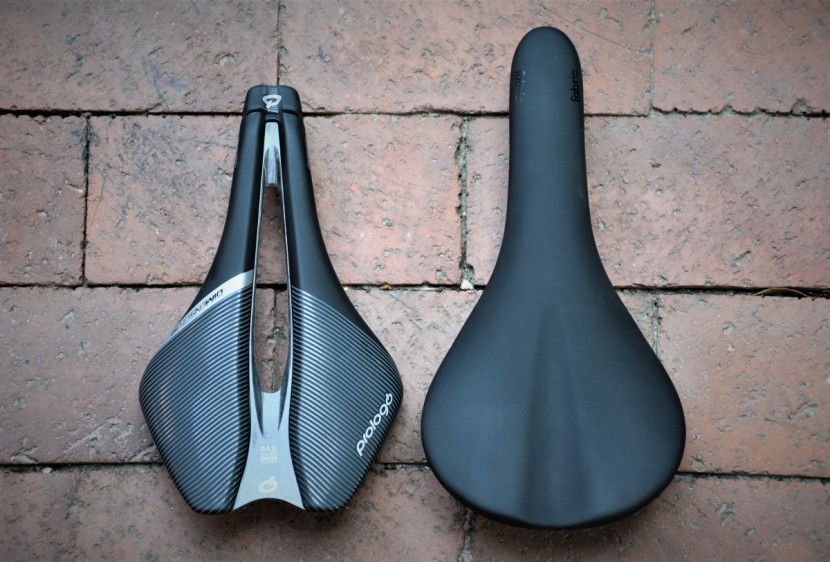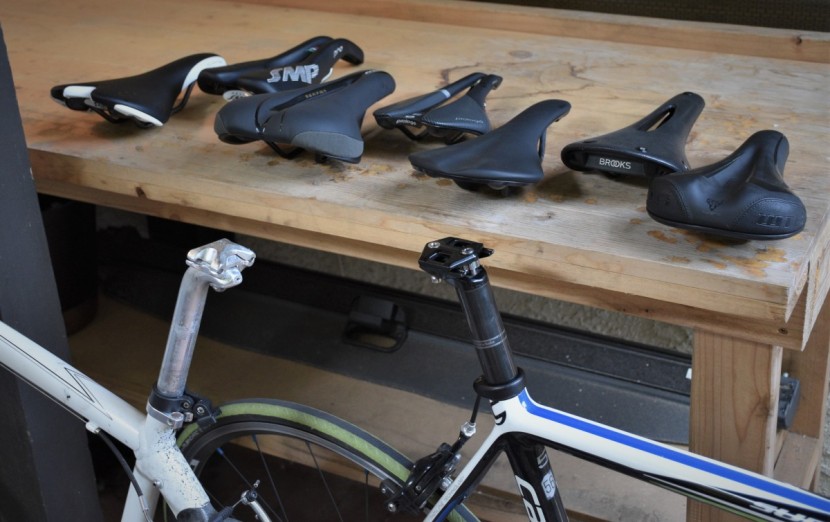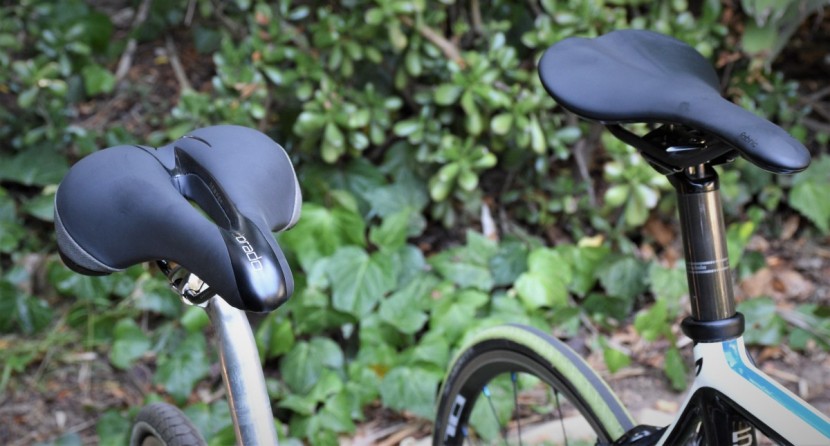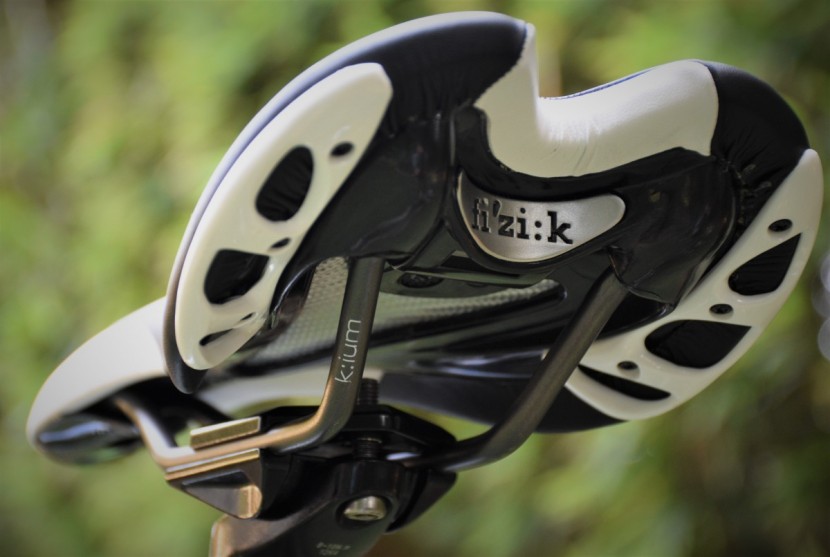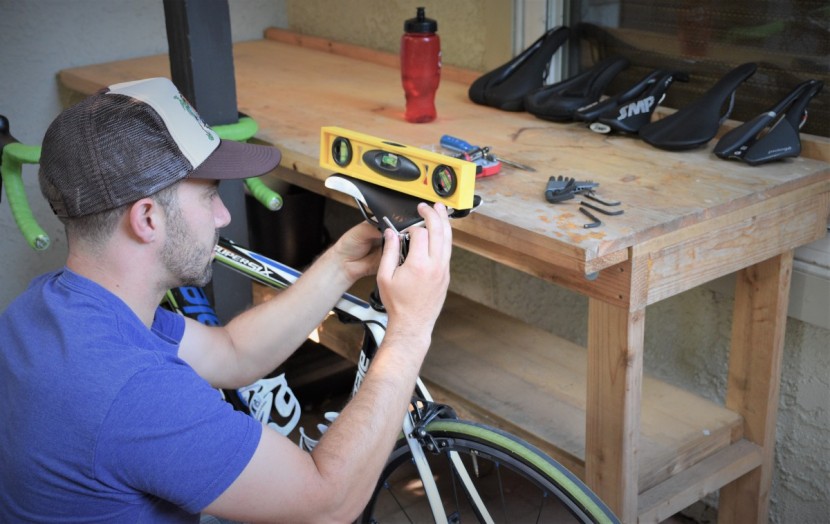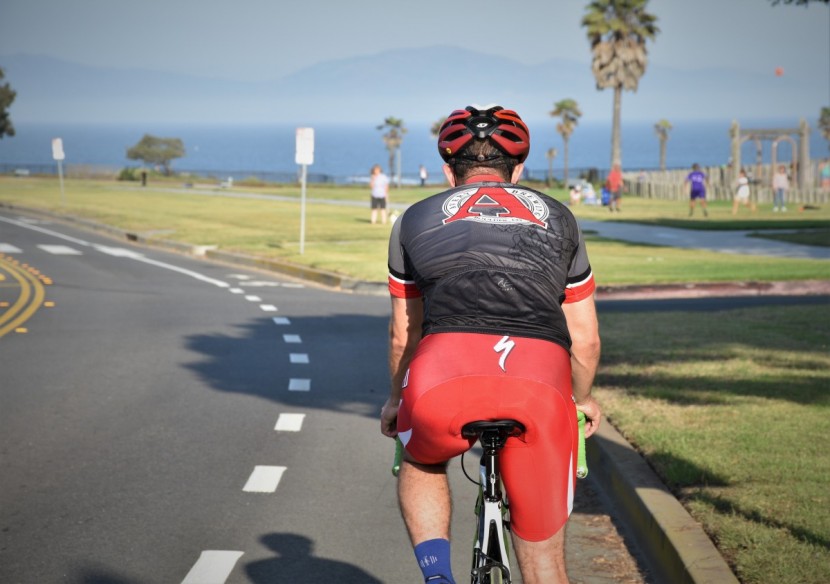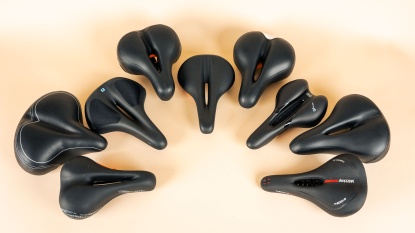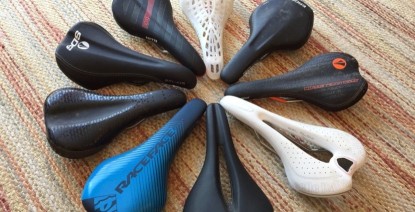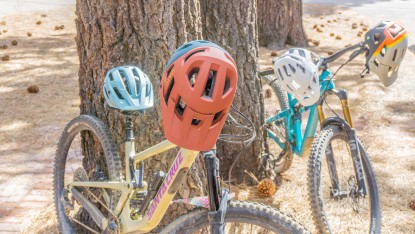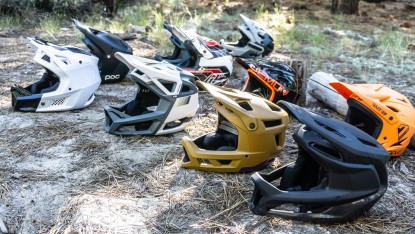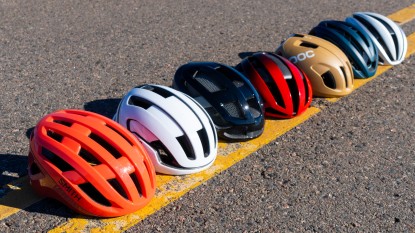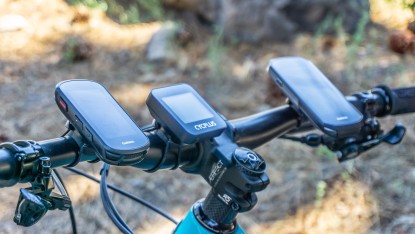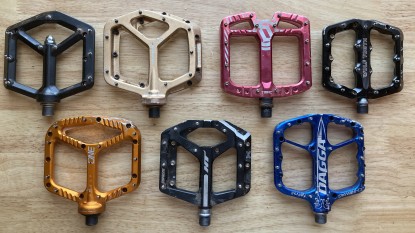With hundreds of bike saddles to choose from in today's marketplace and no shortage of different shapes and designs, confusing terms, and marketing hype, selecting the right saddle can be a daunting task. Here we provide some advice on how to find the best match for you.
Riding Type
Your intended use and type of riding should be the first thing that you consider when selecting a new bike saddle. Would a high-end racing saddle work on your beach cruiser? Sure, but why pay top dollar for a lightweight sliver of a saddle that might not be that comfortable, especially when you're putting it on a 45 lb bike that you occasionally ride to the coffee shop? Considering what type of riding you plan on doing and what your goals are will help you balance and prioritize the comfort, weight, and performance capabilities of a saddle.
If you intend to race in any capacity, then a lightweight saddle with high-performance capabilities will likely be your priority. Lightweight saddles with thin, dense padding and a stiff frame that put you comfortably in an aggressive riding position typically make the best racing saddles. If you don't intend to race but like to ride for fitness and fun, then you will likely want a saddle that is comfortable and that you will not dread sitting on for a few hours. Most of us are looking for that elusive saddle in the middle, one that offers all-day comfort without compromising on power transfer, or tipping the scales too heavily.
Are you a fair-weather rider or an all-weather workhorse? If you intend to commute by bike, go bike touring, or race in sloppy conditions, then you may be willing to sacrifice some weight and performance for increased weather resistance and durability.
Compatibility
You should also consider potential compatibility issues between your bike and a new saddle. Many bike saddles today are available with carbon fiber rails that typically come in a tall oval shape, and may not work with certain seat posts with side clamp mechanisms. While you can always upgrade your seatpost or add adaptors, you should definitely check your equipment before upgrading to carbon. Another potential compatibility consideration is the saddle profile. Some saddles have a very low profile, meaning the distance from the rails to the bottom of the shell is quite minimal, in some cases 2 cm or less. A low profile saddle may interfere with angle adjustment, depending on the type of seat post you have. Some seatposts have more material protruding above the clamp mechanism than others that can come into contact with the bottom of the saddle.
Where and What to Buy
Most bike saddle manufacturers offer a wide range of different saddles, often having multiple versions of the same saddle at different with different materials and at different price points. As a general rule, the higher-priced versions will be lower in weight, often utilizing carbon fiber rails instead of steel or titanium. Some manufacturers claim a reduction in vibration transmission with the use of carbon fiber rails, which is likely minimal if true, so the main benefit of carbon rails is their reduced weight. The price increase from alloy to carbon can be substantial, up to $100. Whether or not the decrease in weight justifies the increase in price depends on how important saving a few grams is to you. Some of the ultra-high-end versions of saddles come not only with carbon fiber rails, but also utilize a carbon fiber shell. A carbon fiber shell can impact the comfort and flex of a saddle, often being stiffer than the plastic version of the same shell.
Some bike saddle manufacturers also offer mountain bike specific saddle versions. These are often constructed with tougher covers and scuff guards on the corners, so depending on your intended use, this may be a factor for consideration. Another variation often offered is a TT, or Time Trial version. Most time, trial-specific saddles have a shorter, more padded nose. The shorter nose allows for a more forward saddle position while still following UCI regulations for saddle placement in sanctioned races. If you are buying a new saddle, we recommend purchasing the cheapest version available. If you fall in love with the shape and design, you can always upgrade later to a lighter version with higher-end materials, and move the cheaper saddle to another bike, or sell it.
If you have friends who are regular riders, they may have a few saddles cluttering the garage from their own years of riding and trial and error. Borrowing a saddle from a friend is a great way to sample some different saddle shapes and types before breaking out your wallet. Keep in mind, however, that a saddle that has been broken in may feel different than the one you eventually purchase new.
You may find the best prices with online retailers, but when it comes to saddles, we recommend you visit your local bike shop. Many retailers will have test saddles on hand that you can borrow (a small deposit is usually required) and keep for a few days or a week. Often retailers will apply your deposit to the purchase price of a new saddle to make sure you not only test but purchase from them. Most bike shops will help you set it up properly on your bike so that you can make an educated decision as to whether or not it suits you.
Fit and Comfort
Another important factor in choosing the right saddle how it fits your personal anatomy. Saddle fit varies greatly from person to person in the same way that boot or shoe fit does. Your anatomy will make some saddles feel amazing, and others feel like a medieval torture device. Many variables come into play when considering fit, including the width of your sit bones, your flexibility, and to what extent you naturally rotate your pelvis forward when on the bike. High-performance racing saddles are designed with the assumption that the rider will be wearing cycling-specific shorts with a padded chamois. This partly explains why racing saddles tend to have a bit less padding than saddles designed for more casual riding.
Many people new to cycling assume that a saddle with more padding will be more comfortable than one with minimal padding. While that may be true in certain circumstances, this is simply not always the case. Padding does impact the comfort of a saddle, but proper placement and density are far more critical than the overall amount or thickness. All saddles have some degree of give or flex when the weight of the rider is applied. This flex is achieved through compression of the padding or by flex in the shell itself. Most padding in saddles is comprised of some combination of closed and open-cell foam. With use, padding will break down in the areas of the saddle that see the greatest application of weight.
The shells of most modern saddles are made of nylon, plastic, carbon fiber, or some composite thereof and are far more resistant to fatigue than padding. We have found saddles with minimal padding, and a properly designed shell remain more consistent in shape, flex, and comfort over time. A saddle with very heavy padding will break down with extended use, often becoming uncomfortable as a result.
Many saddle manufacturers provide useful information that can help pair a rider with an appropriate saddle based on a series of individual measurements, flexibility, riding style, and intended use.
When you do purchase a saddle, give it some time. Your first ride may not be a blissful experience. It may take a few rides to get used to a new saddle, especially if you have been using another saddle with substantially different dimensions. Setting up your new saddle properly is critical; a difference of 1-2 degrees in the fore to aft tilt angle can make an enormous difference in how a saddle feels. Likewise, moving your saddle forward or backward or up or down will also impact comfort, fit, and performance.
It is also important to keep in mind that total saddle height (the distance from the bottom of the rails to the top of the saddle) can vary dramatically from saddle to saddle. If your new saddle is taller than your old one, you will need to drop your seatpost to compensate for the difference in height. Conversely, if your new saddle is shorter than the one it is replacing, you will need to raise your seat post to accommodate. Your cycling shorts also affect setting your saddle height. Proper saddle height allows for good leg extension and optimal power transfer. The difference in padding thickness from one pair of cycling shorts to another can equal a few millimeters, which can raise or lower your overall position on the bike. We recommend you use the same shorts when trying out different saddles to eliminate the variable your shorts can have on fit and comfort. Most bike shops will be more than willing to assist you in setting up your new saddle, assuming you have purchased it from them.
One Step Further
A rider has three contact points on a bicycle: the saddle, the handlebars, and the pedals. If one contact point is not in proper adjustment, the imbalance will cascade to impact the other two. To get the most out of your saddle and bicycle, we recommend that you seek the services of a qualified bike fitter. Having your other contact points set up properly will allow you to isolate the saddle component of bike fit, and a proper bike fit will allow you to obtain the greatest benefit from your investment in a new bike saddle. If you would like to know more about bike fitting, there are several online resources, and that can help you find a local fitter.

